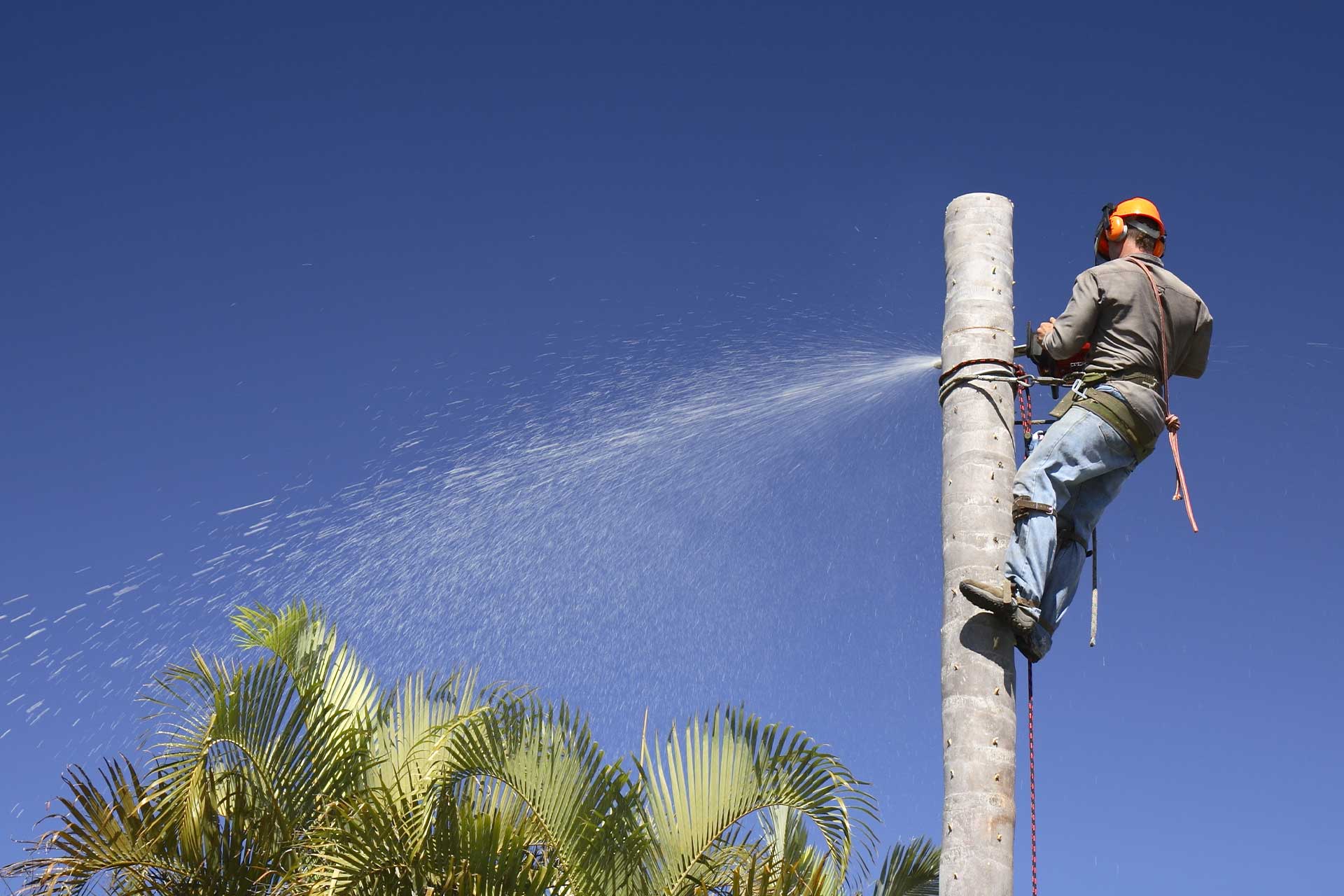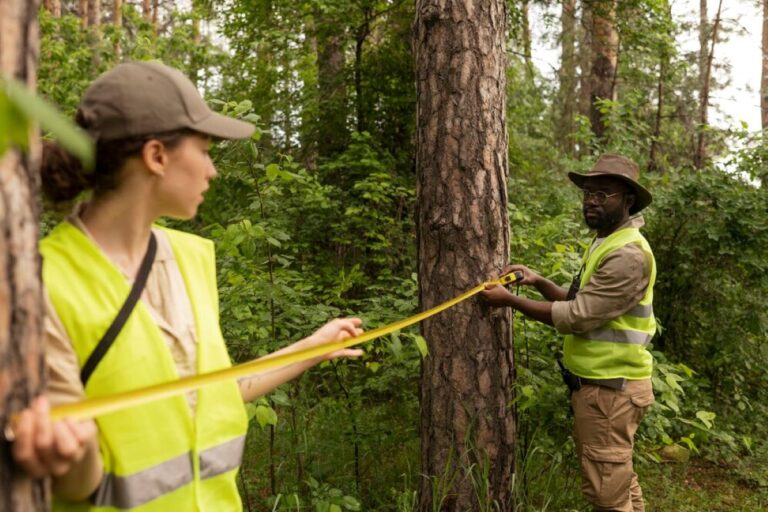Everything You Need to Know About Palm Tree Removal
Understanding the need for palm tree removal
When it comes to maintaining a garden or landscape, palm trees can sometimes be a double-edged sword. While they offer exotic beauty and can enhance the aesthetic of your property, there are several reasons why their removal might become necessary. Whether due to disease, structural issues, or simply their declining beauty, understanding these triggers is essential for any property owner.
The life cycle of a palm tree
Palm trees, like all living organisms, go through distinct life stages. Typically, a palm will grow steadily for several decades, reaching heights of up to 20 metres or more, depending on the species. They may appear healthy and vibrant in their prime, characterised by lush fronds and a robust trunk. However, all good things must come to an end; once palms reach their maturity, they enter a slow decline phase, which can often lead to necessary removal.
Understanding the life cycle helps in anticipating when a palm may need to be removed. Additionally, different species have different life expectancies; for instance, a Sago Palm can live for over 100 years, while a King Palm might only last about 40. Being aware of these variations can set your expectations and help you make informed decisions about your landscape.
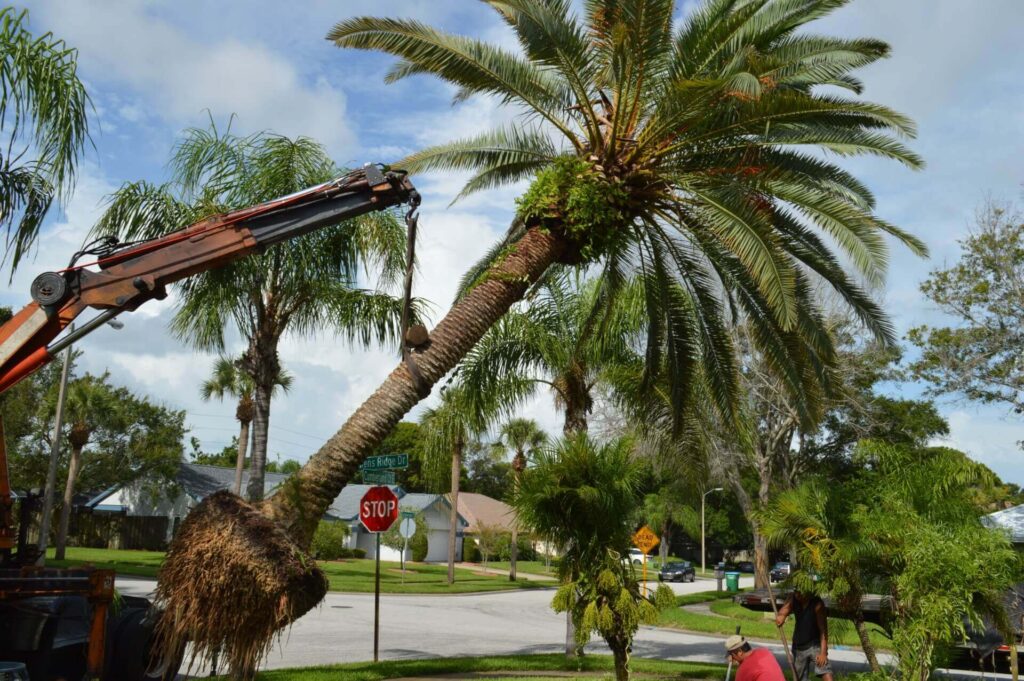
Identifying signs of a dying or dangerous palm tree
It’s crucial to keep an eye out for signs indicating that a palm tree might be in distress or becoming hazardous. Some common indicators include fronds turning brown, a leaning trunk, or excessive shedding of old fronds. If you notice the presence of fungal growth or holes in the trunk, it may indicate decay or pest infestation, both of which often necessitate removal.
Moreover, if a palm tree is situated in a location where it poses a risk to people or property—like overhead wires or within falling distance of buildings—removal becomes even more urgent. Recognising these signs early can save you time, effort, and potentially costly damage to your property.
The legalities of palm tree removal
Before rushing into the decision to remove a palm tree, it’s vital to understand the legal framework surrounding tree removal in your locality. There are regulations in place that can vary from one region to another.
Understanding local council regulations
In many areas, local councils have specific regulations regarding tree removal. These rules often aim to protect biodiversity and maintain urban greenery. It’s advisable to consult with your local council to retrieve guidelines on whether you need permission to remove your palm tree.
Some councils may require that you apply for a Tree Preservation Order (TPO) if your palm is deemed significant or healthy. Failing to follow these regulations may result in hefty fines, so due diligence is key before proceeding with any removal process.
Protected species and conservation laws
Some palm tree species are protected under conservation laws, especially if they are rare or significant to local ecosystems. Species like the Coconut Palm, found in many tropical regions, may fall under such protections.
If you suspect that your palm tree falls into a protected category, it’s essential to consult an expert or conservation group to avoid legal ramifications. Knowing the status of your tree can not only help you avoid unnecessary issues but may also open avenues for conservation-minded removal processes.
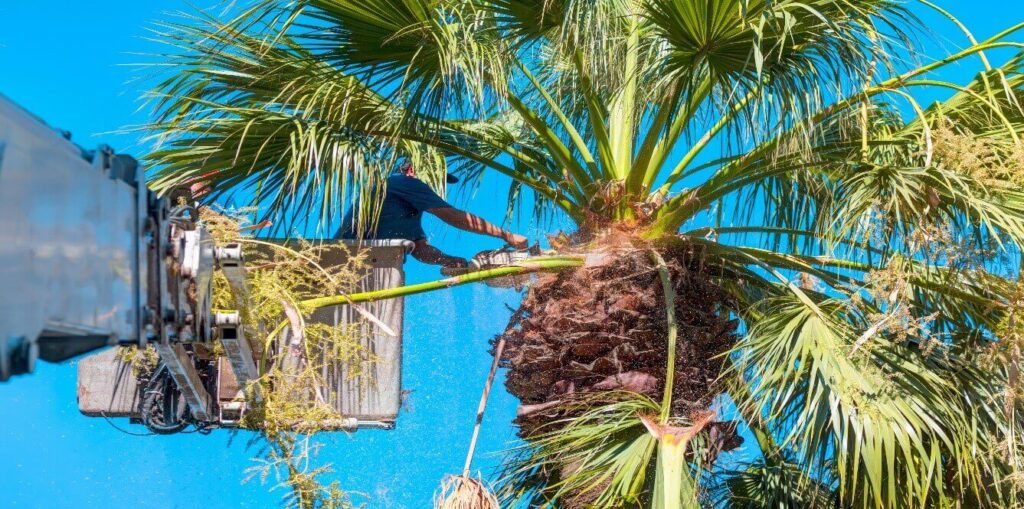
The process of palm tree removal
If you’ve decided to proceed with palm tree removal, understanding the procedural steps involved is crucial for a successful and safe operation.
Preparing for the removal
Preparation is key to any successful tree removal project. Start by assessing your environment, taking into consideration nearby structures, utility lines, and other trees. This will help determine which tools and methods you’ll need to employ.
Gather the necessary equipment, which may include a chainsaw, rope, and safety gear such as hard hats, gloves, and eye protection. If you’re unsure about the process, hiring a professional service can save you time and trouble. Many companies specialise in palm tree removal and can provide expertise for safe and efficient execution.
The step-by-step removal process
The actual removal process involves cutting down the palm tree from the top to the bottom. Begin by trimming the fronds to reduce weight and minimise risk. Then, make cuts in a specific order to ensure the tree falls in a controlled manner. This involves making a notch cut on the side facing the direction you want the tree to fall and ensuring you have an exit path ready.
Once the tree is down, the next phase typically involves cutting up the trunk and removing the root ball. This can be one of the most labor-intensive portions of the process, depending on the size of the tree. Disposal of the debris in an environmentally friendly way should also be planned at this stage.
The costs involved in palm tree removal
One question that often arises is, “How much will this cost?” The costs associated with palm tree removal can vary significantly based on several factors.
Factors influencing the cost
The factors influencing removal costs include the size of the tree, its species, and its location. For instance, taller palms are generally more expensive to remove due to the increased risk and the additional equipment needed. The proximity of the tree to structures can also add to the cost, as more care and precision are required.
Local labour rates and the time of year can further impact pricing. Generally, peak seasons for tree removal can lead to higher costs due to increased demand for professional services.
Average costs in the UK
On average, you might expect to pay anywhere between £200 and £1500 for palm tree removal in the UK. Smaller palms may fall closer to the lower end of this range, while larger, more complex removals may approach or exceed the upper threshold. It’s always wise to obtain multiple quotes from different service providers to ensure you’re getting the best value for your money.
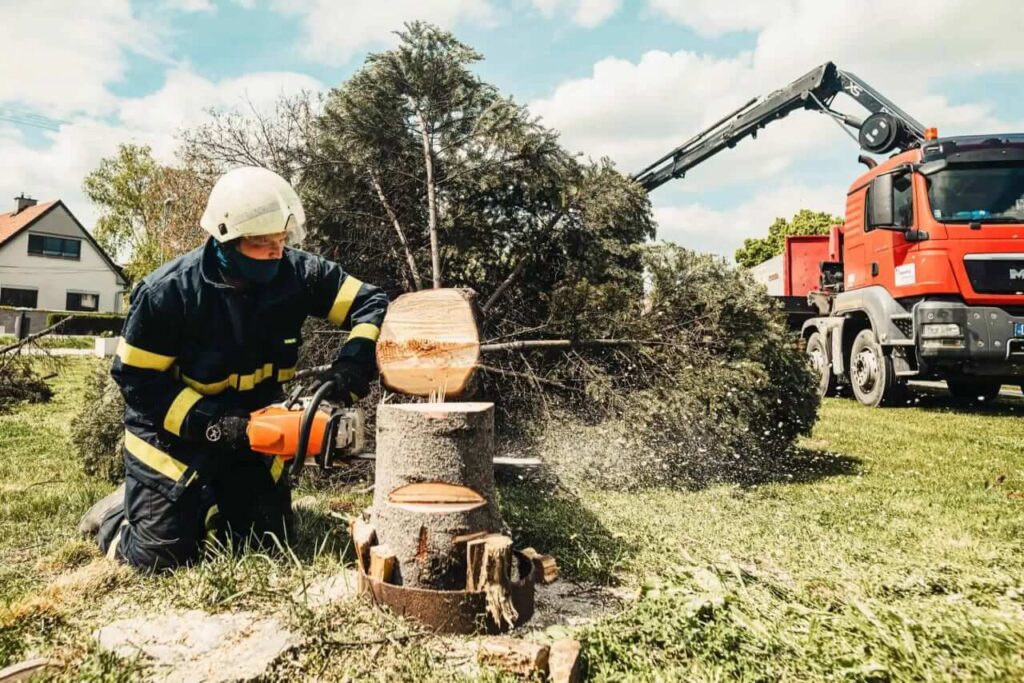
Disposing of the palm tree post-removal
Once you’ve successfully removed the palm tree, the next step is disposing of the remnants responsibly. It’s not just about getting rid of the trunk and fronds; how you dispose of them can have environmental implications.
Recycling and repurposing options
Many materials from a palm tree can be recycled or repurposed. For instance, the fronds can be composted or turned into mulch to enrich your garden soil. Additionally, the wood from the trunk can be utilised for various crafting projects or even turned into garden furniture if the quality permits.
Investigating local recycling facilities may provide more options for disposal, ensuring that as much material as possible goes towards sustainable reuse rather than ending up in a landfill.
Disposal methods and their environmental impact
Disposal methods also extend to how you handle the disposal of any remaining roots. Leaving roots in the ground can help maintain soil structure, while devoiding organic matter could compromise the ecosystem.
Consulting with environmental experts on the best practices for disposal can aid in making informed decisions that are beneficial not only for your property but also for the environment. Balancing your personal needs with ecological responsibility creates a beneficial situation for all.
In conclusion, while palm tree removal can seem daunting, understanding the intricacies of the process—from recognising when it’s necessary to navigating the legalities and costs—will prepare you for any outcome. Remember, an informed decision is always the best decision!

